The standard of 10 Gigabit Ethernet was established by ieee8023ae task force since March 1999, and 10 Gigabit Ethernet (10-GbE) standard was officially released in August 2002.
10 Gigabit Ethernet is developed on the basis of Ethernet technology, but the working speed is greatly improved, the scope of application has changed a lot, compared with the original Ethernet technology, there are great differences, mainly in: physical layer implementation mode, frame format, MAC working speed and adaptation strategy.
10 Gigabit Ethernet can be used as LAN or WAN, but the working environment between them is different, and there are many differences in the requirements of each index. In view of this situation, two different physical media (PHY) standards have been developed.
The cost of man and WAN based on Ethernet technology is about 25% lower than that of similar systems based on atmisonet technology. It is these factors that make Ethernet extends from
The LAN to MAN and WAN, and establishes a reliable and high working rate of 10Gbps fast data network.
Physical layer of 10G Ethernet
The common point of the two physical layers is that they share a MAC layer, only support full duplex, and omit CSMA / CD strategy. Optical fiber is used as the physical medium. The difference between these two PHY is that in the wide area network, the interface sublayer (WIS) contains
Simplified SONET / SDH frame. In order to reduce the operation cost of PHY in WAN, IEEE802.3ae working group has integrated SONET / SDH and other relevant standards, so that 10 Gigabit Ethernet can use SONET / SDH to smoothly pass through the wide area backbone network.
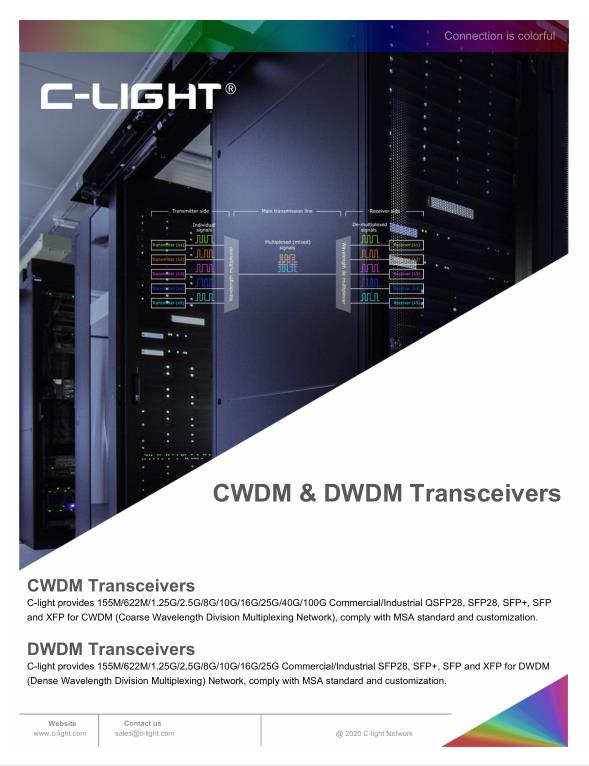
Features of 10G LAN Ethernet physical layer is to support 802.3 MAC complete duplex working mode. Frame format is in accordance with that of Ethernet. Working rate is 10Gbps. An existing LAN can be upgraded to a 10G LAN with minimal cost. And the network range of the LAN can reach up to 40 kilometers.
The physical layer of 10G WAN adopts OC-192c frame format for online transmission. Since sharing one MAC layer with 10G LAN Ethernet, WIS (WAN interface sub-layer) is needed for reflection function from Ethernet frame to OC-192c frame.
Because transferring rate of 10G WAN physical layer is 9.58464Gbps, and working rate of MAC lay is 10Gbps, it is necessary to lower down transferring rate 10Gbps of 10GMII interface as an adjustment accordingly, to match it with the physical layer's transmission rate of 9.58464Gbps. Here distance of data packages can be adjusted to match the lower data transferring rate of OC-192c with that of 10G Ethernet.
Physical interface of 10G Ethernet
10G Ethernet includes 10GBASE-X, 10GBASE-R and 10GBASE-W.

10GBASE-X uses a very compact package, which contains 1 simpler WDM device, 4 receivers and four lasers working at an interval of about 25nm near the 1300nm wavelength, each pair of transmitters/receivers working at a speed of 3.125Gbit/s (data flow speed of 25Gbit/s).
10GBASE-R is a serial interface using 64B / 66B encoding. The data stream is 10.000Gbit/s, resulting in a clock rate of 10.3125Gbit/s.
10GBASE-W is a WAN interface, which is compatible with SONET OC-192. Its clock is 9.585Gbit/s for 9.953Gbit/s data flow.









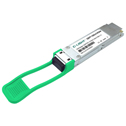

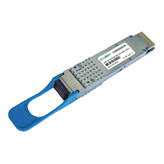

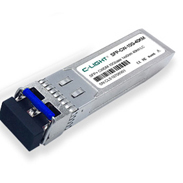
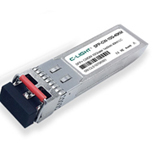
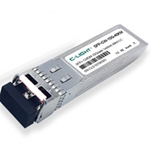
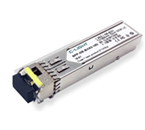
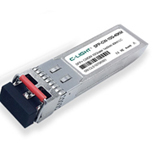
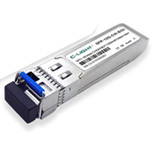



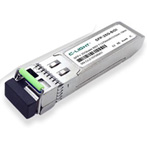

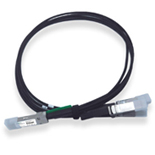
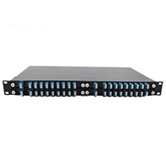
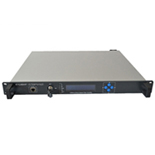
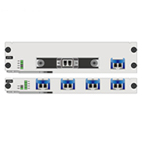

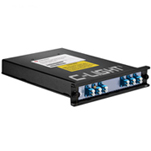
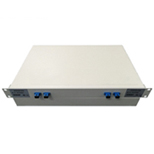


 Your current position:
Your current position: 





